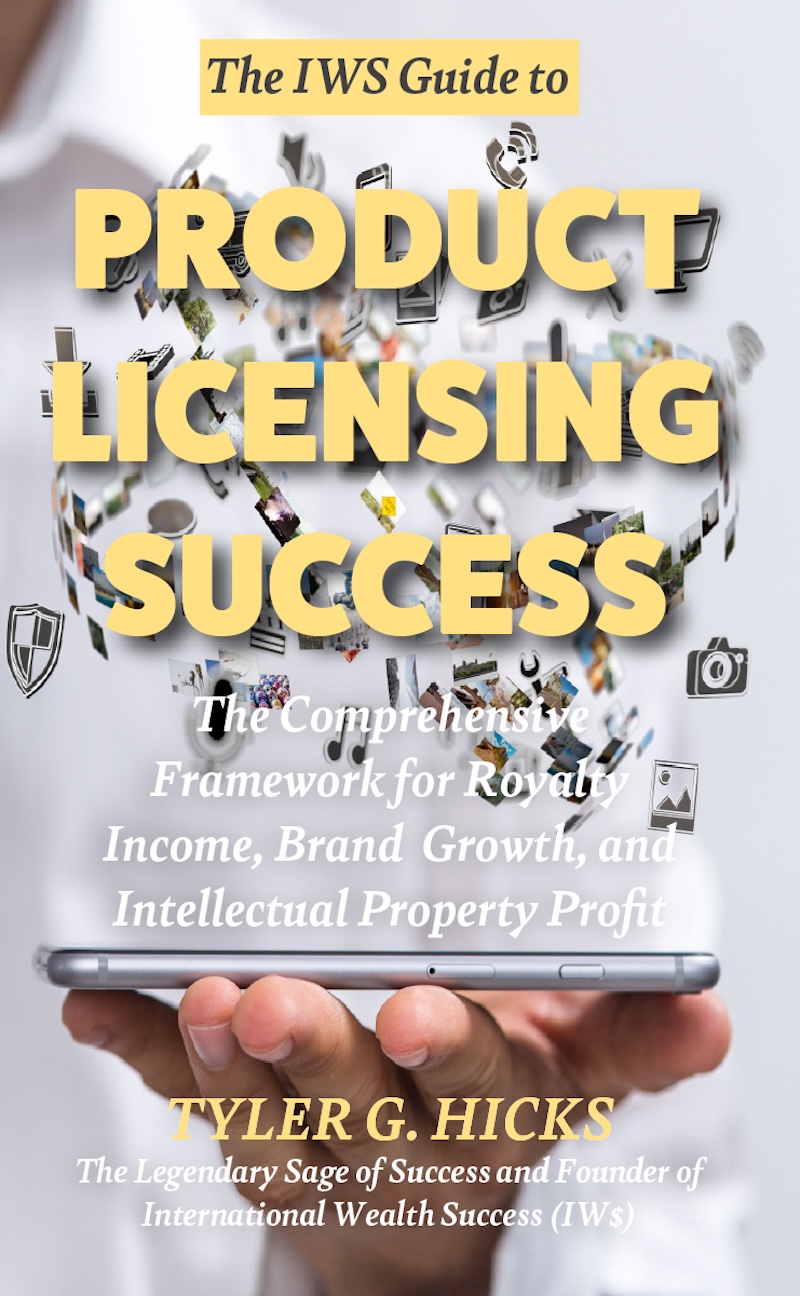Description
Yes, You Can Build Real Wealth with Your Own — or Other People’s — Intellectual Property
The global brands you recognize—from Batman and Barbie to Hello Kitty and Peanuts—didn’t conquer the marketplace by making every product themselves. They licensed their way to the top.
This book shows you how to do the same.
Whether you’re a brand owner, rights holder, entrepreneur, or manufacturer, this is your blueprint for entering—and excelling in—the world of licensing. You’ll learn how to turn intellectual property into a royalty-based revenue stream, how to structure deals that scale, and how to protect and grow what you’ve built.
Inside, you’ll get:
- A step-by-step understanding of how licensing really works
- Proven strategies to identify, pitch, and secure the right licensing partners
- Detailed chapters on brand control, style guides, international expansion, retail channels, and more
- A full suite of professional-grade forms and contracts, including sample license agreements, manufacturer agreements, proposal templates, and compliance tools
Built on the timeless wealth-building principles of International Wealth Success (IW$), this book delivers clear instruction, actionable resources, and expert-level insights—all in one comprehensive volume.
In an age when everyday products are easily replaced, intellectual property stands apart. It’s durable. Transferable. Scalable. And with the right approach, it becomes the cornerstone of a long-term business empire.
Use this invaluable IW$ Guide to make it happen.
CONTENTS
1. History of Licensing
The Major Properties
The Major Licensors
2. Licensing Basics
Types of Properties
Licensed Product Types
Popularity of Merchandising
3. Intellectual Property Protection
Developing a Protection Plan
Trademarks
Copyrights
4. Licensing Administration
The Licensing Department
International Licensing
Ethics in Licensing
Insuring Compliance
5. Licensing Disputes
The Counterfeiting Industry
Identifying Counterfeit Products and Sources
Steps to Take Against Infringers
6. Licensing Forms
Licensing Agent Agreement
Sub-Agent Agreement
License Application
License Deal Memo
License Agreement
Manufacturer’s Representative Agreement











Reviews
There are no reviews yet.